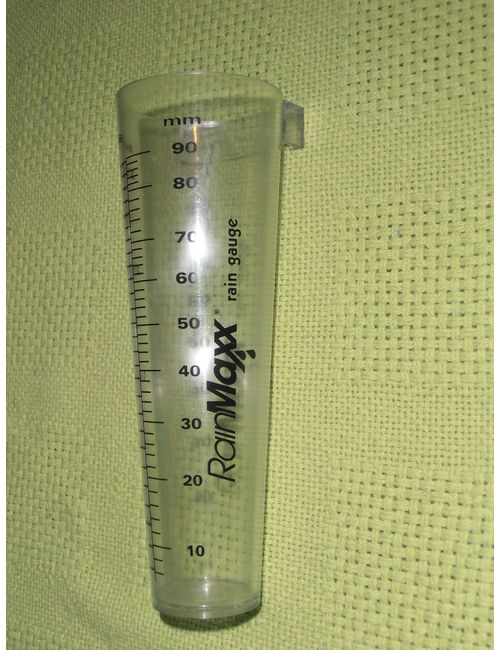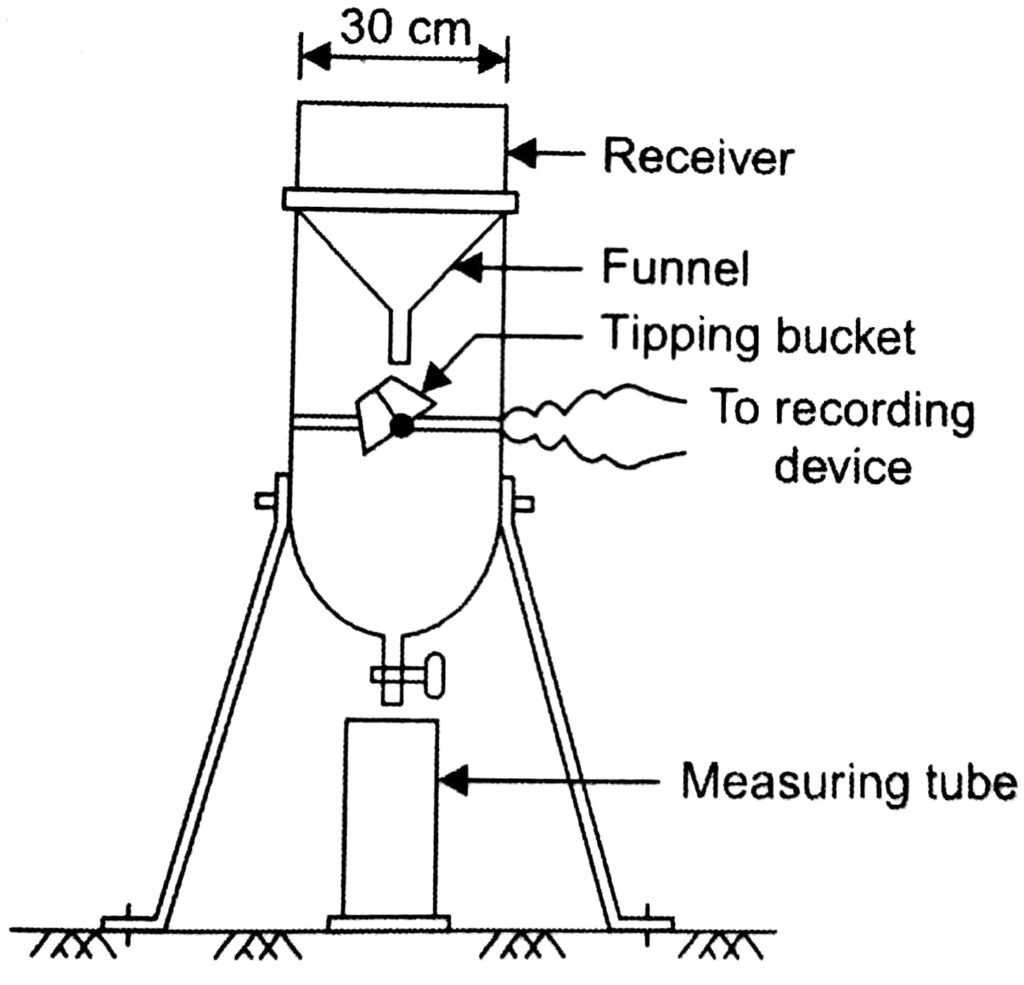Introducing the Science Behind Rainfall Evaluates: Exactly How These Tools Play a Vital Function in Environment Research Study and Environmental Tracking
Rain evaluates, apparently easy gadgets, hold a profound importance in the world of environment research study and ecological surveillance. As we peel back the layers of this scientific veil surrounding rainfall gauges, we reveal a world where precision, data precision, and meticulous observation converge to reveal a much deeper understanding of our transforming climate and its effect on the planet.
Relevance of Rain Gauges
Rain determines play a crucial role in tracking and gauging rainfall degrees, offering essential information for climate study and analysis. These devices are fundamental in quantifying the quantity of rainfall that takes place in a particular location over a particular period. By gauging and accumulating rain, rain determines deal important understandings right into the distribution and intensity of rainfall, assisting meteorologists, hydrologists, and climatologists in understanding weather condition patterns and fads.
Among the crucial reasons why rain gauges are vital is their capacity to supply exact and local data. Unlike satellite or radar-based dimensions, which use wider monitorings, rain determines offer precise information certain to the location where they are placed. This local information is important for numerous applications, including flood projecting, drought monitoring, and water resource management. Additionally, lasting information collected from rainfall assesses aids in examining climate modification effects and patterns, contributing dramatically to clinical research study and decision-making procedures. In essence, rainfall evaluates function as necessary tools in the area of weather forecasting and ecological scientific research, playing an important role ahead of time our understanding of climate and climate dynamics.
Kinds of Rain Gauges

Capability and Procedure
In the realm of environment study and atmospheric researches, the performance of rain evaluates lies in their detailed performance and accurate functional mechanisms. Rainfall evaluates are developed to accurately measure the amount of precipitation that falls over a certain area throughout a collection duration. These tools normally contain a funnel that accumulates rain and channels it into a gauging tube. The measuring tube is marked with calibrated dimensions that allow for the exact quantification of rains.
The capability of rainfall gauges is based upon the concept of gathering and measuring rainwater in a standardized manner. This accumulated data is important for recognizing neighborhood weather patterns, tracking long-term climate trends, and examining ecological influences. To make sure exact dimensions, rain evaluates need to be purposefully put in open areas away from obstructions such as buildings or trees that could hinder the collection procedure.
The functional aspect of rainfall evaluates entails normal maintenance to prevent debris buildup, calibration checks to maintain dimension accuracy, and data recording for analysis (rain gauge). In general, the capability and procedure of rainfall gauges are crucial for gathering reputable precipitation data crucial to environment research study and environmental monitoring
Function in Environment Research Study
Provided the vital significance of precise rainfall measurements in understanding weather condition patterns and environmental influences, the role of rainfall assesses in environment research study is indispensable. Rainfall assesses supply essential data for climate research by quantifying the quantity of rainfall that tips over a certain area throughout a provided duration. This information is vital for keeping an eye on lasting fads in precipitation patterns, evaluating the effect of climate adjustment on rainfall circulation, and enhancing climate models.

Environment scientists this page use information accumulated from rainfall gauges to evaluate variations in precipitation degrees, identify regional environment fads, and examine the performance of water source management techniques. By comparing historical rainfall data with existing measurements, scientists can discover changes in precipitation patterns, such as adjustments in the frequency or strength of rains events. This information is important for understanding exactly how environment adjustment is affecting precipitation characteristics and can assist policymakers make informed choices concerning adaptation and mitigation methods.
Applications in Environmental Monitoring

In flooding projecting, rain scale information aids to track rains strength and distribution, permitting authorities to provide timely cautions and take needed measures to mitigate flooding dangers (rain gauge). Drought monitoring depends on rain gauge data to assess wetness levels in the soil and track rainfall deficiencies, helping in the recognition of drought-prone locations and the implementation of drought action techniques
Additionally, rainfall scale information plays an important function in Recommended Reading water source monitoring by offering information on water schedule and usage trends. This information is utilized to make enlightened decisions relating to water appropriation, preservation procedures, and lasting water source planning. Additionally, in agriculture, rainfall scale data helps farmers in enhancing watering timetables, plant choice, and total ranch administration methods based upon local precipitation patterns. Generally, rainfall gauges are indispensable tools in environmental monitoring, supplying beneficial insights that contribute to informed decision-making and sustainable resource administration.
Conclusion
Finally, rain evaluates are crucial devices for measuring precipitation, giving important data for environment research and environmental surveillance. With different kinds and functionalities, rain evaluates play an essential duty in understanding precipitation patterns and their useful link effect on the setting. By accurately determining rains, these gadgets contribute to the development of scientific knowledge and assistance in making educated decisions related to water source administration and calamity readiness.
Rain gauges play a vital duty in surveillance and determining rainfall levels, providing crucial information for climate research and evaluation. The conventional rain scale, known as the "tipping pail" gauge, is one of the most frequently utilized devices. Ultrasonic rain gauges use sound waves to spot the existence of rain, offering real-time information on precipitation degrees.Climate scientists make use of data collected from rain gauges to examine variants in precipitation levels, identify regional climate patterns, and examine the efficiency of water resource monitoring techniques.In verdict, rain gauges are vital devices for gauging rainfall, offering beneficial data for climate study and ecological surveillance.
Comments on “Compare the Leading Rain Gauge Versions for Accurate and Constant Analyses”